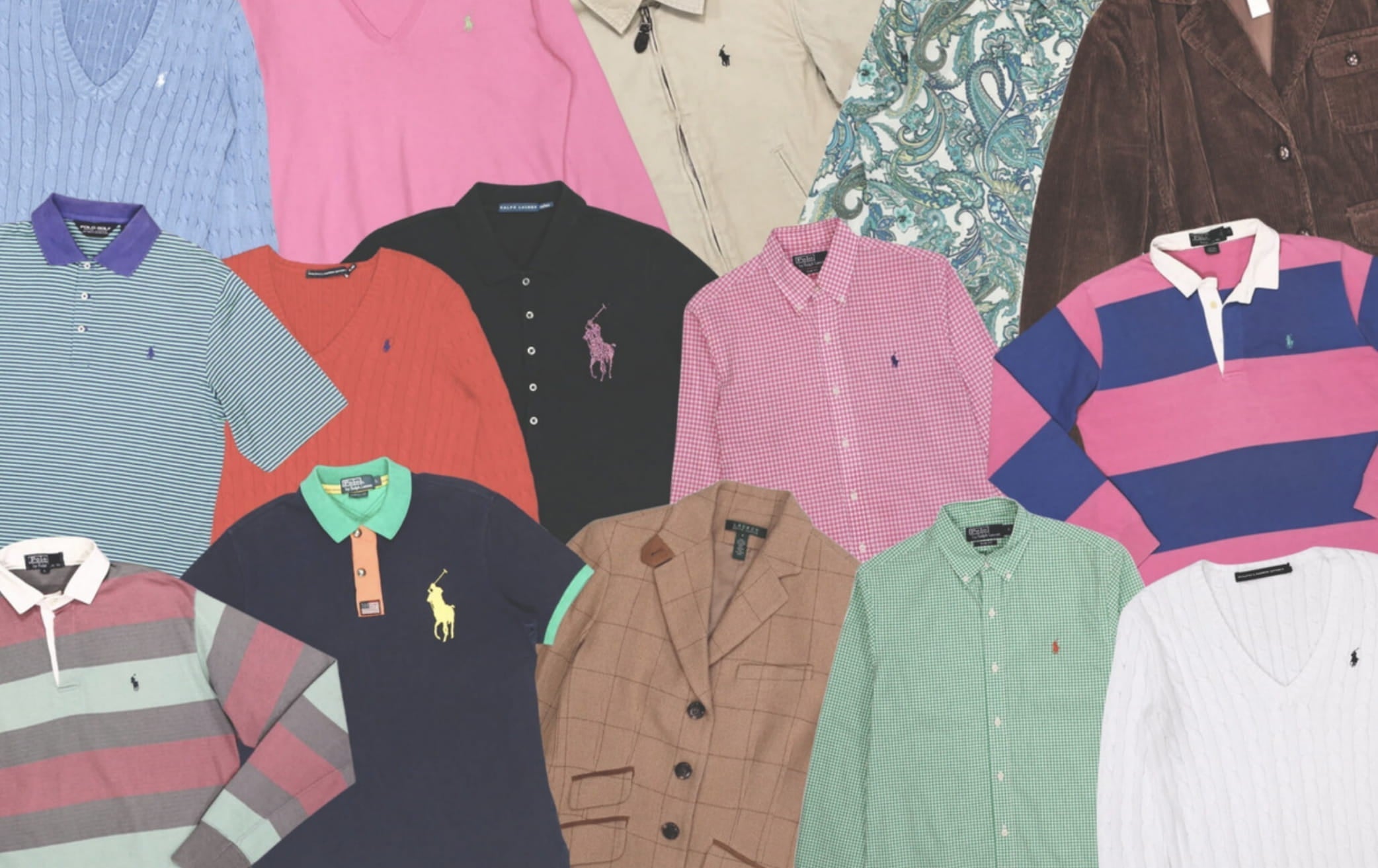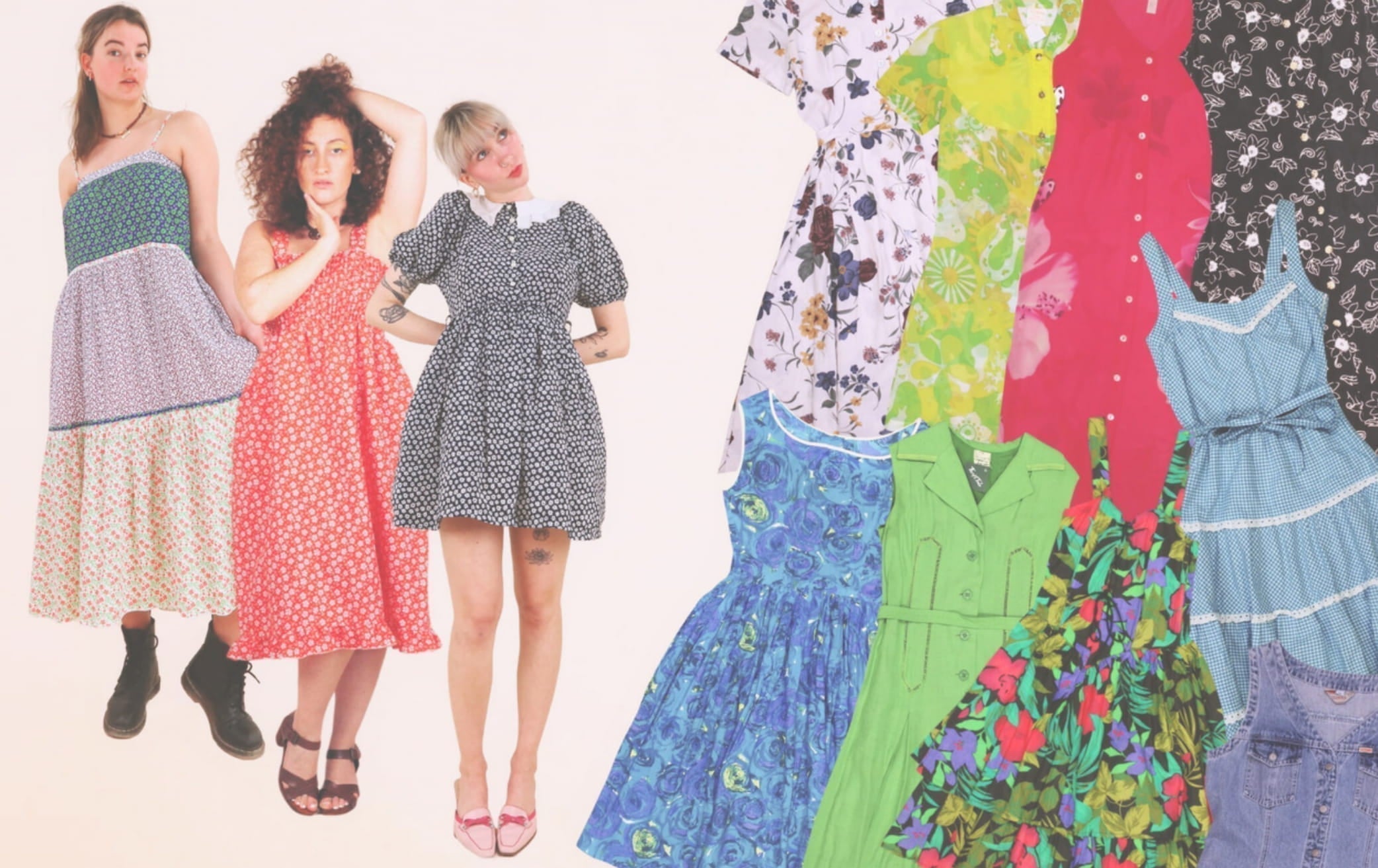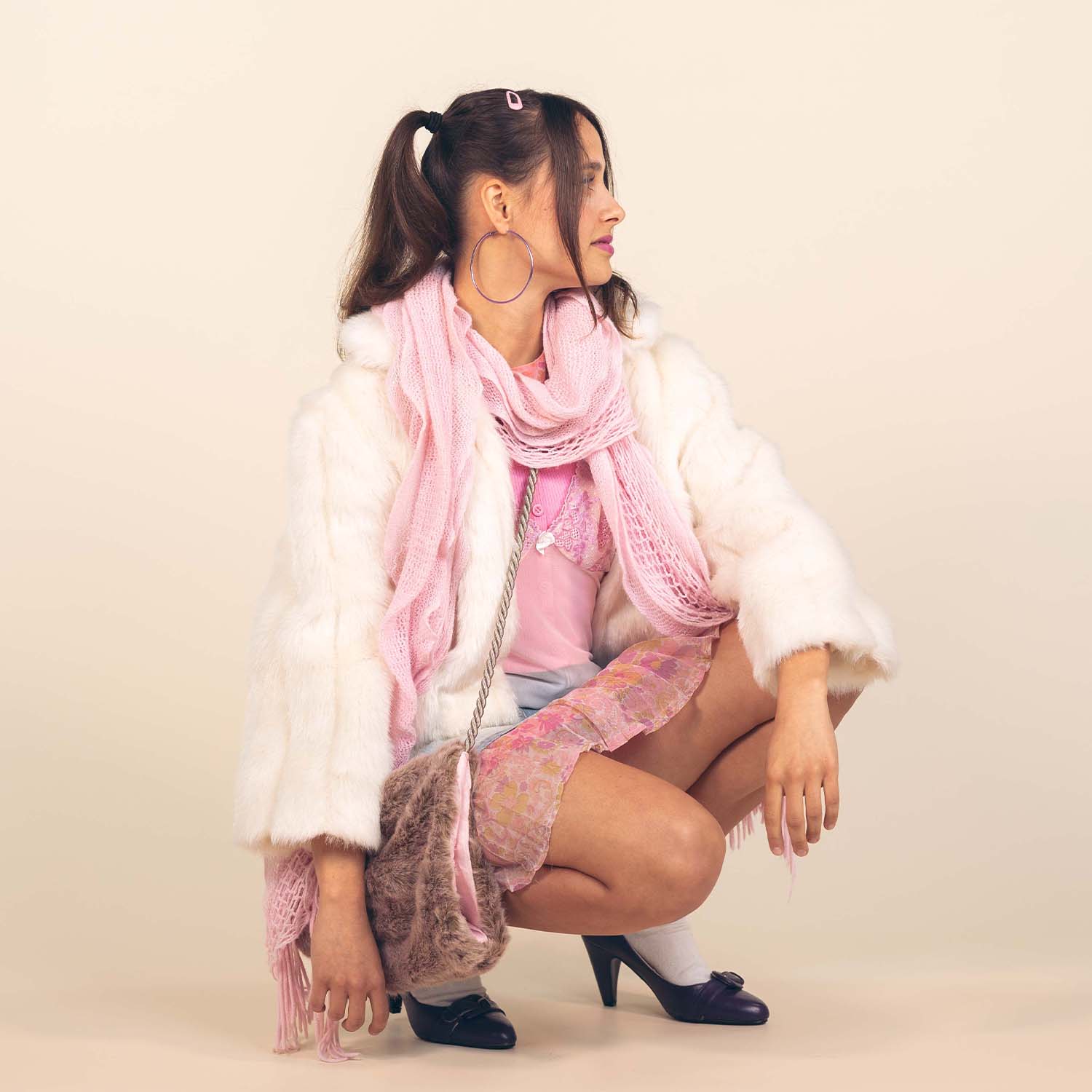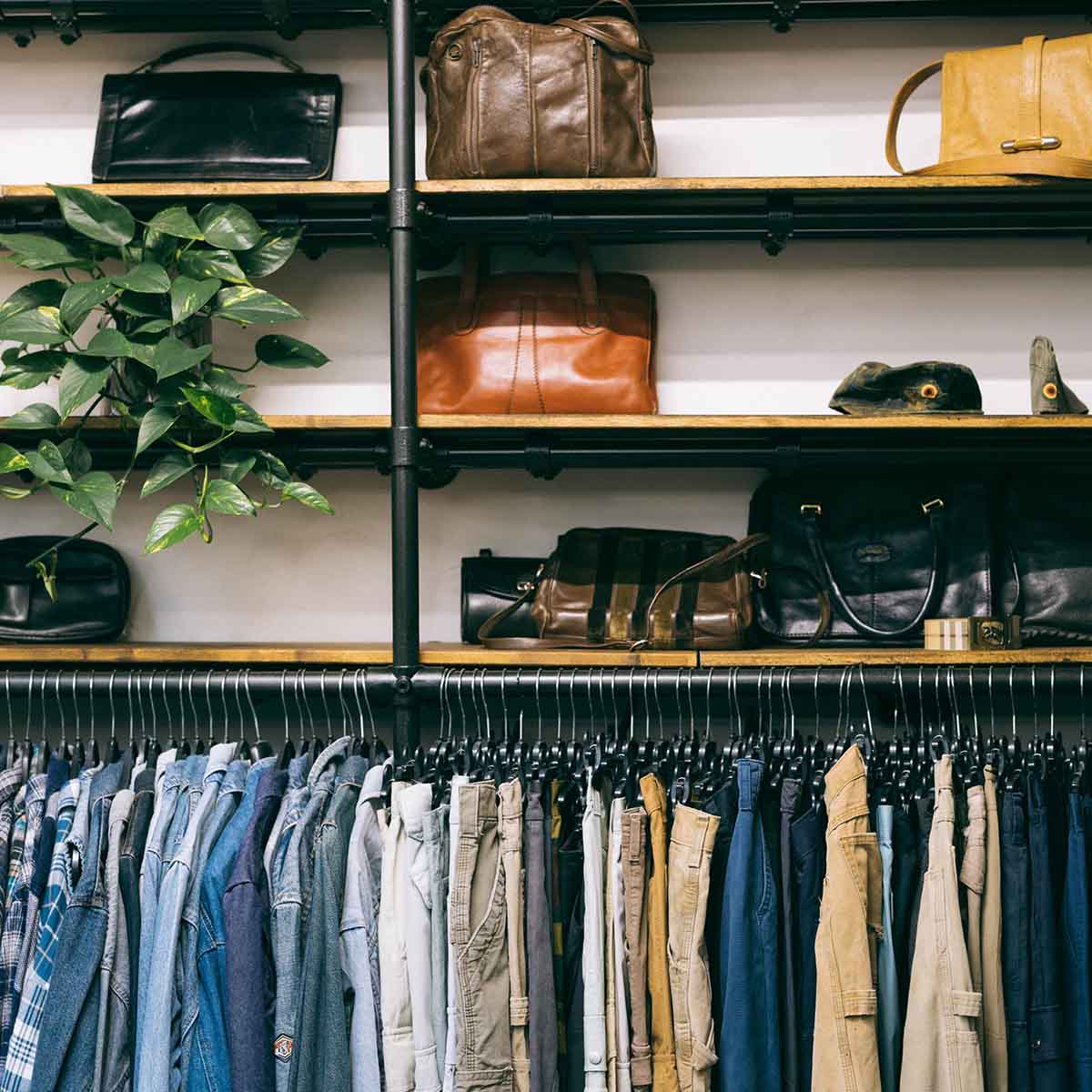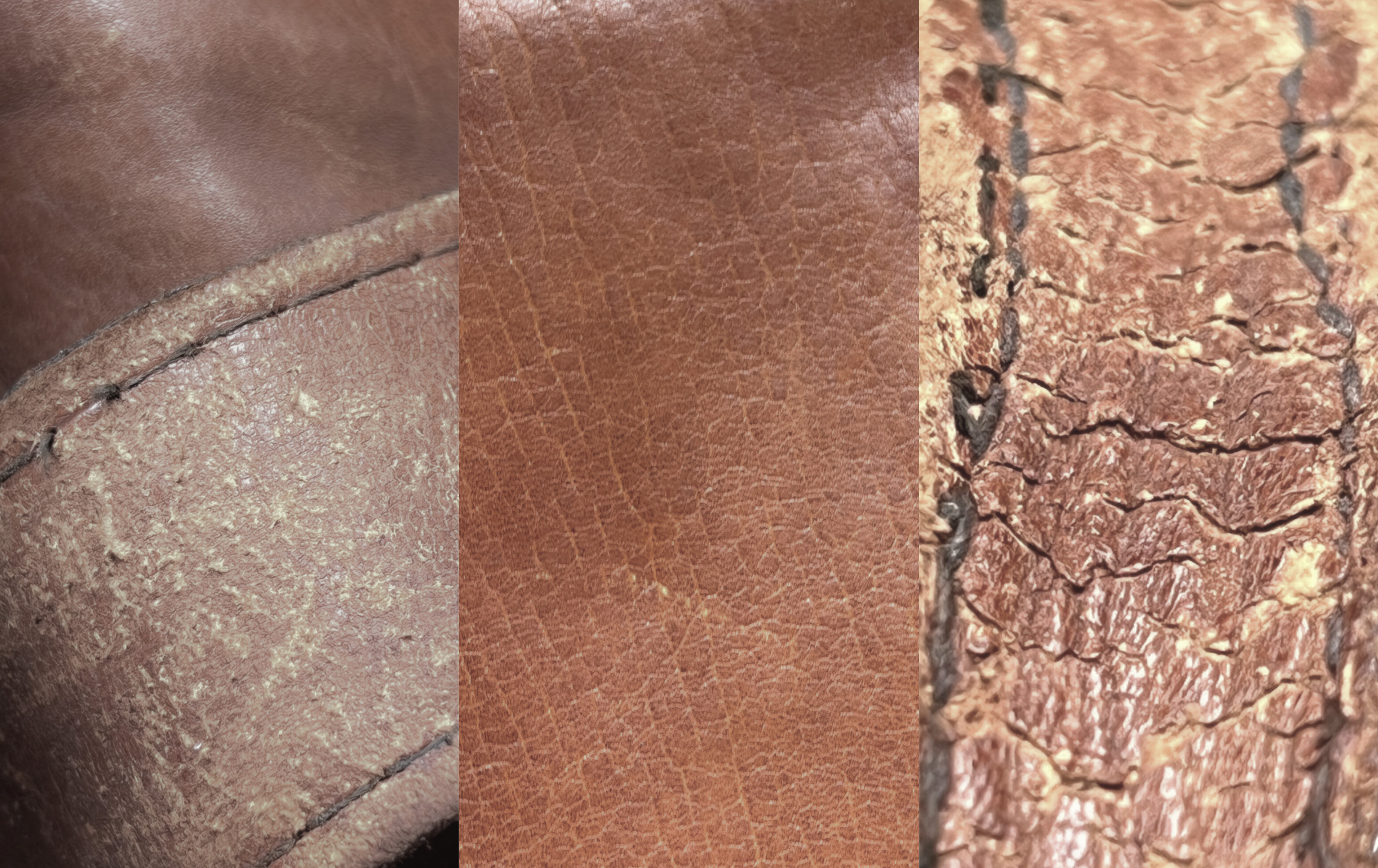
Vintage Leather Jackets: Quick Care Guide
So, as I found out in the story of my disintegrating leather jacket, knowing how to take care of your leather jacket is pretty essential.
Caring for your vintage leather jacket
This is especially important with vintage leather jackets. They might be older, but they were made to last. So, with proper care, they will last you decades longer.
Storing your vintage leather jacket
Whatever you do, don’t fold your vintage leather jacket up and stuff it in a storage box when out of season. When stored in conditions that are too cold, hot, humid, or dry, the leather can become brittle or even moldy.
- Hang your leather jacket in a wardrobe in a room with a stable temperature and humidity level.
- A padded hanger is a good choice to protect the shape; a breathable cotton cover is even better.
- Check on it every month or so to see if it needs to be conditioned.
- Avoid: direct sunlight, folding the leather or keeping it somewhere damp or hot.
Cleaning your vintage leather jacket
Of course, any jacket you wear will need to be cleaned. But you can’t throw your vintage leather jacket in the wash!
- Clean your leather jacket with a damp sponge and gentle leather soap.
- Do not submerge the jacket or soak the sponge in water. Damp is enough!
- Carefully wipe the surface and edges to remove any dirt and grime.
- Dab dry with a cloth when done.
Keeping your vintage leather jacket soft
After cleaning, you must restore the oils to the leather to prevent it from drying and cracking.
- Use a leather conditioner or wax and a sponge or cloth.
- Simply buff the conditioner into the leather, focusing on areas that are dry or receive more wear and tear.
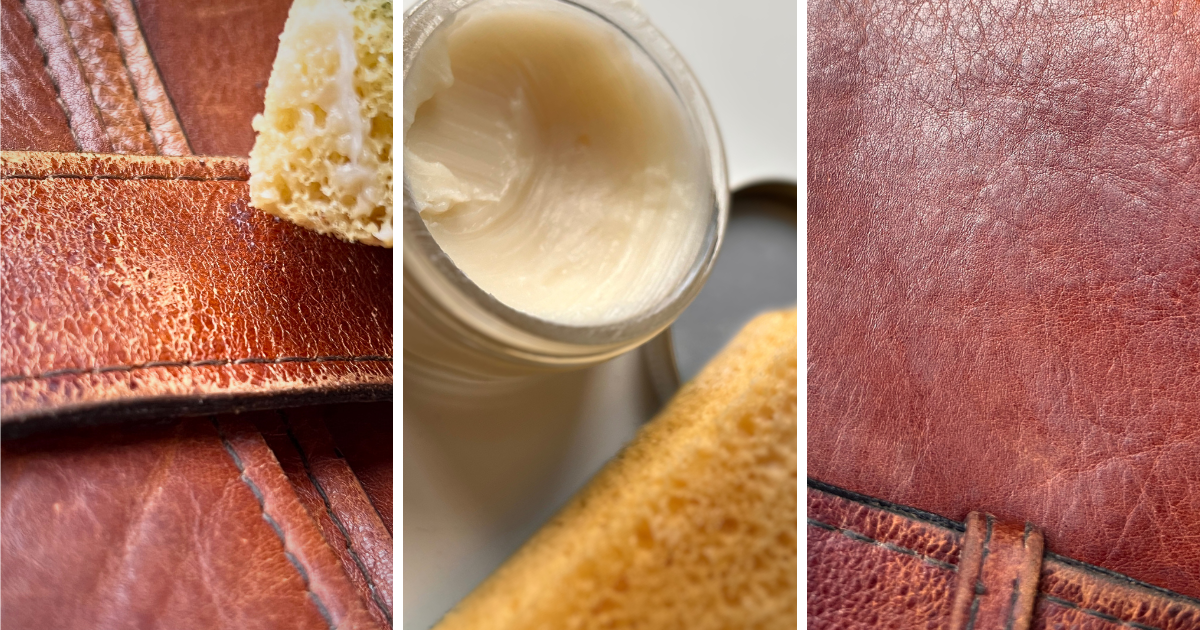
Conditioning vintage leather with leather wax
Fixing damage to your vintage leather jacket
It’s pretty normal for vintage leather jackets to have some minor damage. Not all of them were treated carefully or stored with any intention of being worn again! But you can fix them up.
- As seen above, minor cracks can be helped with some leather conditioner or wax.
- Areas that are too worn can be covered with a patch or embellishment.
- Straps and fastenings can be replaced.
- Stains on leather can be covered with leather polish. Just match the color of the polish to your leather and buff it in. After it dries, finish with a coat of leather wax to blend the areas and protect the finish.

Damage to vintage leather jackets
Can you wear a vintage leather jacket in the rain?
It’s best not to wear leather in pouring rain. Leather is porous and can absorb water, potentially leading to damage or discoloration. But it’s your jacket, and life happens! No one can avoid the inevitable spontaneous downpour.
Luckily, there are things you can do to help:
- If your jacket does get wet, let it air dry naturally; avoid using direct heat sources to dry it, and don’t leave it in direct sunlight.
- While leather isn’t waterproof, it can be treated with a waterproof topcoat or wax.
- Synthetic leather is naturally more waterproof, being plastic. It can be treated with a waterproof spray. Real leather is better treated with a natural waterproofer, like beeswax.
This coating must be renewed fairly often, every few months to a year.
How can you tell if a vintage jacket is real leather?
At ThriftTale, the product description mentions when an item is real leather.
But if you are shopping in person and aren’t sure, or you want to know more about how we tell, here are our top tips for identifying real leather:
The easy one, check the labels
- Look for labels or tags that indicate genuine leather.
- Labels like "genuine leather," "real leather," or specific animal names (such as cowhide) are often present on vintage leather.
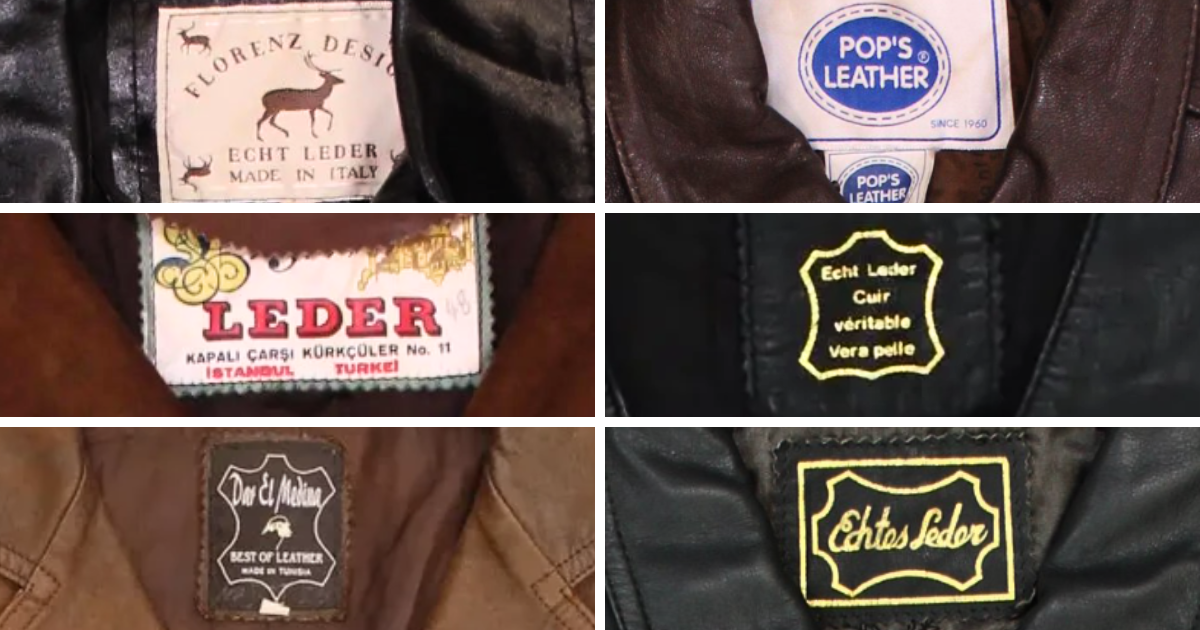
Labels from our collection of vintage leather jackets
Feel the texture
- Genuine leather has a soft and supple feel. Natural leather should fold and bend easily.
- It ages over time to get a vintage “patina,” a worn-in look.
- Real leather has variations in the texture.
- Faux leather often feels plasticky smooth and stiffer to bend.
- Faux leather has a printed pattern; if it rips, you will see fabric underneath the damage. The top layer can flake or peel off.
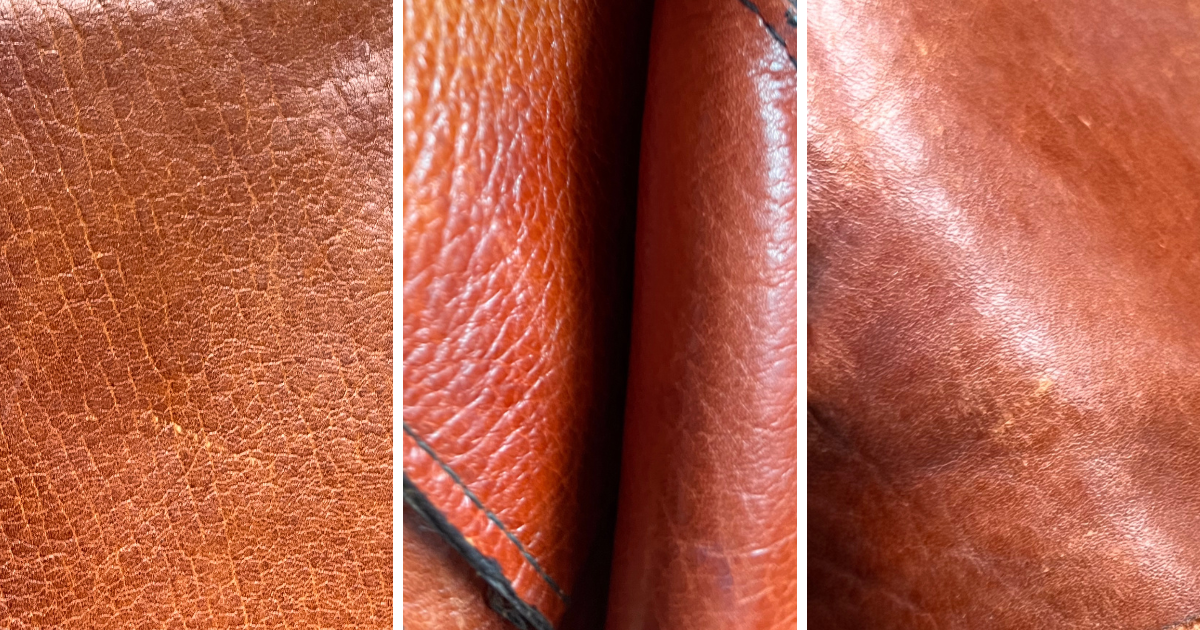
The texture of real vintage leather
Smell
- Real leather has a distinct, earthy smell, while faux leather may have a chemical or plastic odor. This is one of those things where once you smell it, you just know.
Inspect the type of wear and tear
- When neglected, real leather will become dry and crack, but it won't peel off.
- Synthetic leather or bonded leather will peel, revealing the fabric underneath.

Wear and tear on real vintage leather
Now we’ve covered the essentials about caring for leather jackets. These are the things I wish I’d known before my leather jacket was Thanos snapped out of existence!
With these tips, you can keep your vintage leather jacket looking good for years to come.
Where can you buy vintage leather jackets?
- Check out our online collection of vintage leather jackets.

